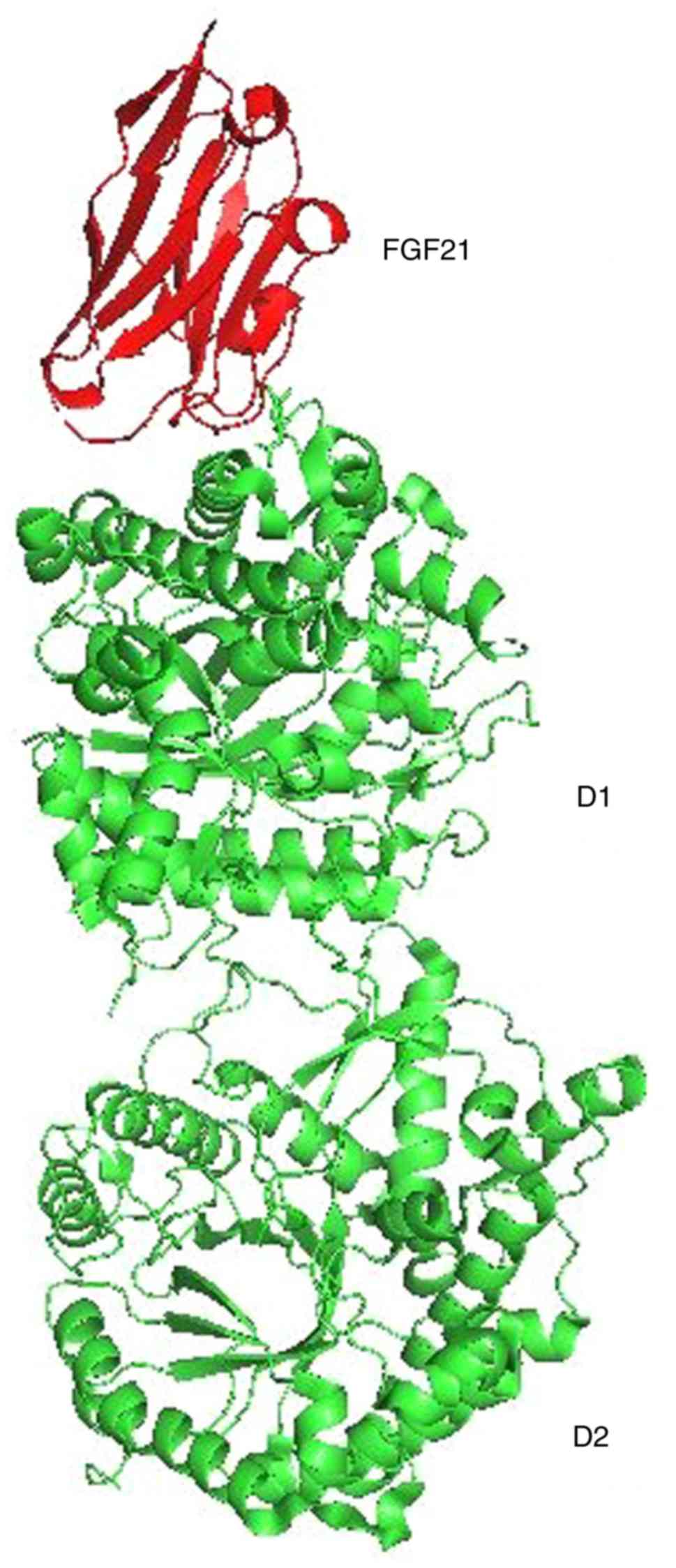Alignment of Alzheimer's disease amyloid β‑peptide and klotho
- Authors:
- Published online on: September 22, 2020 https://doi.org/10.3892/wasj.2020.68
- Article Number: 27
-
Copyright: © Lehrer et al. This is an open access article distributed under the terms of Creative Commons Attribution License.
Metrics:
Total
Views: 0 (Spandidos Publications: | PMC Statistics:
)
Total PDF Downloads: 0 (Spandidos Publications: | PMC Statistics:
)
Abstract
The cause of Alzheimer's disease (AD) is poorly understood. In 1991, the amyloid hypothesis postulated that β‑amyloid (Aβ) accumulation is a key element. It follows that clearing the brain of Aβ would be beneficial, which has not been the case. Therefore, Aβ is likely a result, not a cause, of AD and may be protective rather than harmful. The apolipoprotein E4 (apoE4) allele is the strongest genetic risk factor for AD. Klotho (KL), encoded by the KL gene, may be another AD‑related protein. FGF21 is a circulating endocrine hormone, mainly secreted by the liver, mostly during fasting. FGF21 acts by binding to its receptor FGFR1 and co‑receptor β‑klotho. FGF21 is neuroprotective and could delay onset of AD. In the present study, the KL protein structure was examined to determine whether it may interact with Aβ. Protein data bank (pdb) entries for klotho and Aβ were searched on the RCSB Protein Data Bank for β‑KL and AD amyloid β‑peptide. The protein structures were superimposed and aligned on PYMOL v2.3.4 with the super command, which super aligns two protein selections. To evaluate the conservation and alignment of the Aβ and KL genomes across species, BLAT, the Blast‑Like Alignment Tool of the UCSC Genome Browser, was used. The amino acid residues phe76‑val96 of KL aligned closely with residues asp7‑asn27 of Aβ. Cross‑species comparison of KL revealed a high degree of alignment and conservation in the chimp and 27 other primates; however, less alignment and conservation were observed in the mouse, dog and elephant, even less in the chicken, western clawed frog (Xenopus tropicalis), zebrafish and lamprey. The current finding of amino acid residues phe76‑val96 of klotho aligning closely with residues asp7‑asn27 of Aβ suggests that Aβ can enhance the ability of klotho to draw FGF21 to regions of incipient neurodegeneration in AD. The problem arises with age. Older individuals do not heal or repair tissue damage as well as younger individuals. As neurodegeneration advances in an older individual, perhaps caused by neuroinflammation related to herpes simplex virus type 1, increasing amounts of amyloid are produced, forming an adhesive web, as the brain tries to hold the pathologic process in check. Meanwhile, the damage increases and spreads. Progressive neurodegeneration and cognitive decline are the outcome.















